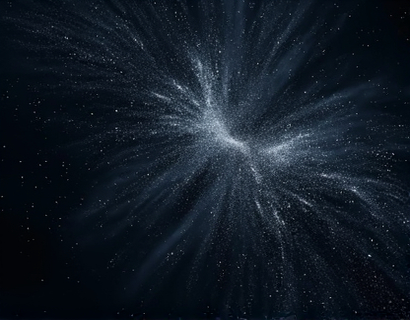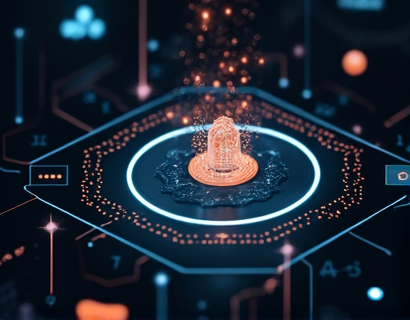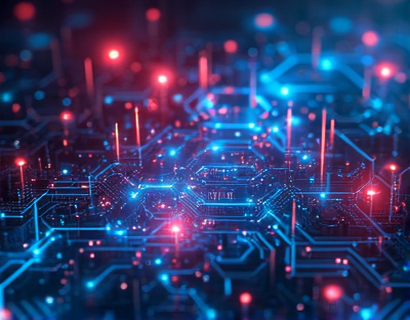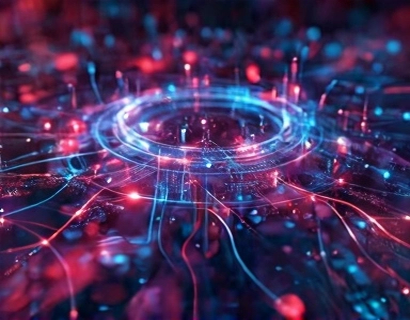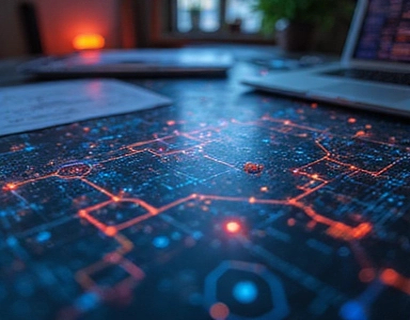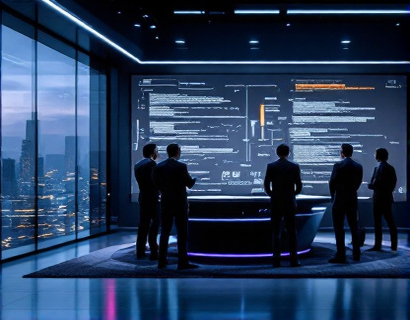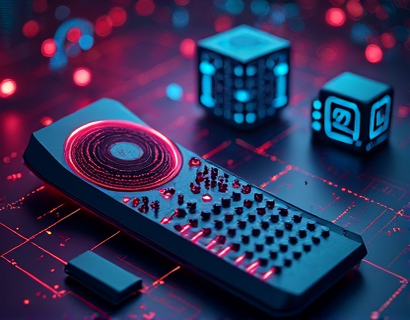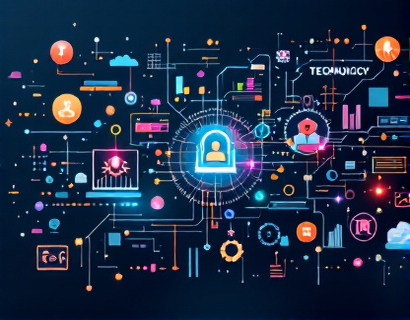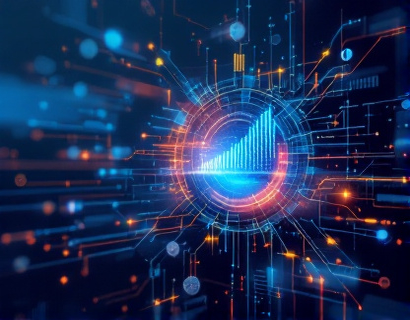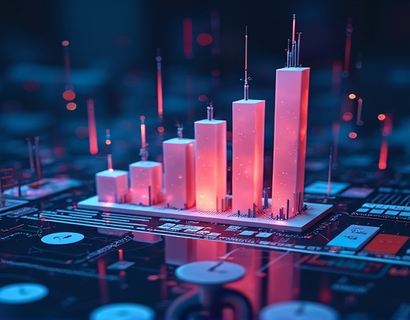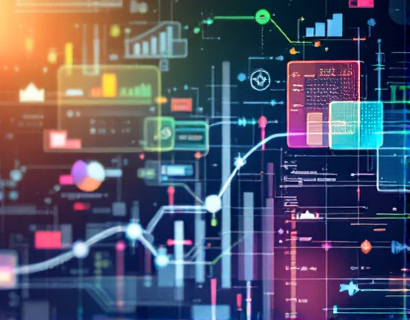Revolutionizing Astronomy Education: The Power of AI-Driven Personalized Learning
The field of astronomy education is undergoing a transformative shift, thanks to the integration of artificial intelligence and personalized learning technologies. This innovative approach is making the complex and fascinating world of astronomy more accessible, engaging, and understandable for students and enthusiasts of all levels. By leveraging AI-powered tools, learners can now delve into the universe's mysteries with tailored guidance and expert insights, enhancing their understanding and passion for the cosmos.
Personalized Learning Paths
One of the most significant advantages of AI-driven personalized learning in astronomy is the ability to create customized learning paths for each user. Traditional astronomy education often follows a one-size-fits-all curriculum, which can leave some students feeling overwhelmed or underchallenged. With AI, the learning experience is dynamically adjusted based on the individual's knowledge level, learning pace, and interests. This ensures that each learner receives the right amount of challenge and support, fostering a deeper and more meaningful learning experience.
For instance, a beginner student might start with foundational concepts such as the solar system and basic celestial mechanics. As they progress, the AI system introduces more complex topics like dark matter, exoplanets, and cosmology, always ensuring that the content is relevant and engaging. This personalized approach not only helps in building a strong foundation but also keeps learners motivated by continuously presenting new and interesting material.
Interactive Exploration Tools
Interactive exploration is a cornerstone of AI-powered astronomy education. Traditional textbooks and lectures can only go so far in conveying the dynamic and three-dimensional nature of the universe. AI-driven platforms offer interactive tools that allow students to explore celestial bodies, simulate astronomical events, and visualize complex concepts in real-time. These tools include virtual telescopes, 3D models of planets and stars, and interactive simulations of phenomena like solar eclipses and planetary alignments.
For example, a student can use an interactive simulation to observe the phases of the Moon from different perspectives, or simulate the impact of a comet on a planetary surface. These hands-on experiences not only make learning more engaging but also help in developing a deeper intuitive understanding of astronomical concepts. The ability to manipulate variables and see immediate results enhances the learning process, making it more intuitive and memorable.
Expert Insights and Community Engagement
AI-powered platforms in astronomy education do more than just provide personalized content; they also connect learners with a community of fellow enthusiasts and experts. This community aspect is crucial for fostering a collaborative learning environment where students can ask questions, share discoveries, and learn from each other. Expert insights are integrated into the platform through various means, such as video lectures, live Q&A sessions, and curated articles from leading astronomers and researchers.
These expert contributions offer valuable perspectives and the latest research findings, ensuring that learners are exposed to cutting-edge knowledge. For instance, a student might watch a video lecture by a renowned astrophysicist discussing the recent discoveries of exoplanets or participate in a live Q&A session where they can ask specific questions about black holes. This direct access to expert knowledge enriches the learning experience and provides inspiration for further exploration.
Enhanced Understanding Through Adaptive Learning
Adaptive learning technologies, powered by AI, play a pivotal role in enhancing understanding in astronomy education. These systems continuously monitor a learner's progress and adapt the content to address knowledge gaps and reinforce strengths. For example, if a student struggles with understanding the concept of gravitational waves, the AI can identify this and provide additional resources, such as detailed explanations, visual aids, and practice problems, to help solidify the concept.
Moreover, adaptive learning can adjust the difficulty level of tasks based on the student's performance, ensuring that they are always challenged appropriately. This not only prevents frustration but also keeps the learning process engaging and effective. By continuously assessing and adapting to the learner's needs, AI-driven platforms ensure that each student receives the support they require to master complex astronomical concepts.
Real-World Applications and Career Preparation
AI-powered personalized learning in astronomy is not just about academic knowledge; it also prepares students for real-world applications and careers in the field. By engaging with practical, hands-on projects and simulations, students gain valuable skills that are directly applicable to careers in astronomy, astrophysics, and related fields. These projects might include data analysis of real astronomical observations, modeling of celestial phenomena, or even the development of new observational tools and techniques.
For instance, a student working on a project to analyze data from a space telescope can apply techniques used by professional astronomers, such as image processing and spectral analysis. This hands-on experience not only deepens their understanding of the subject matter but also builds a portfolio of work that can be showcased to potential employers. The ability to work with real data and tools prepares students for the demands of professional research and development in the field.
Accessibility and Inclusivity
One of the most significant benefits of AI-driven personalized learning in astronomy is its potential to make the field more accessible and inclusive. Traditional astronomy education often requires expensive equipment and resources, which can be a barrier for many students. AI-powered platforms can democratize access to high-quality educational content, allowing students from diverse backgrounds to engage with the subject matter without financial constraints.
Additionally, these platforms can be designed to accommodate different learning styles and needs, including support for students with disabilities. For example, interactive simulations can be made accessible with voice commands or adaptive interfaces, ensuring that all learners can participate fully. This inclusivity not only broadens the pool of potential astronomy enthusiasts but also fosters a more diverse and vibrant community of learners.
Future Directions and Innovations
As AI technology continues to advance, the possibilities for personalized learning in astronomy are vast. Future innovations may include more sophisticated natural language processing capabilities, allowing students to interact with the platform using natural language queries. This could make the learning experience even more intuitive and user-friendly. Additionally, the integration of augmented reality (AR) and virtual reality (VR) technologies could provide immersive experiences that transport students to different parts of the universe, further enhancing engagement and understanding.
Another area of potential innovation is the use of machine learning to predict and address learning obstacles before they become significant barriers. By analyzing patterns in student performance and engagement, AI systems can proactively offer support and resources to keep learners on track. This predictive approach can significantly improve the effectiveness of personalized learning, ensuring that no student is left behind.
Conclusion
The integration of AI-powered personalized learning in astronomy education represents a significant leap forward in making the study of the universe more accessible, engaging, and effective. By providing tailored guidance, interactive exploration tools, and expert insights, these platforms empower students and enthusiasts to deepen their understanding and passion for the cosmos. As the technology continues to evolve, the future of astronomy education looks brighter and more exciting than ever, promising to inspire a new generation of explorers and scientists.



